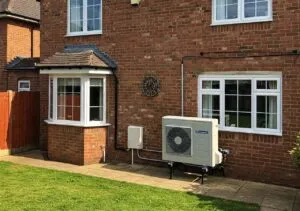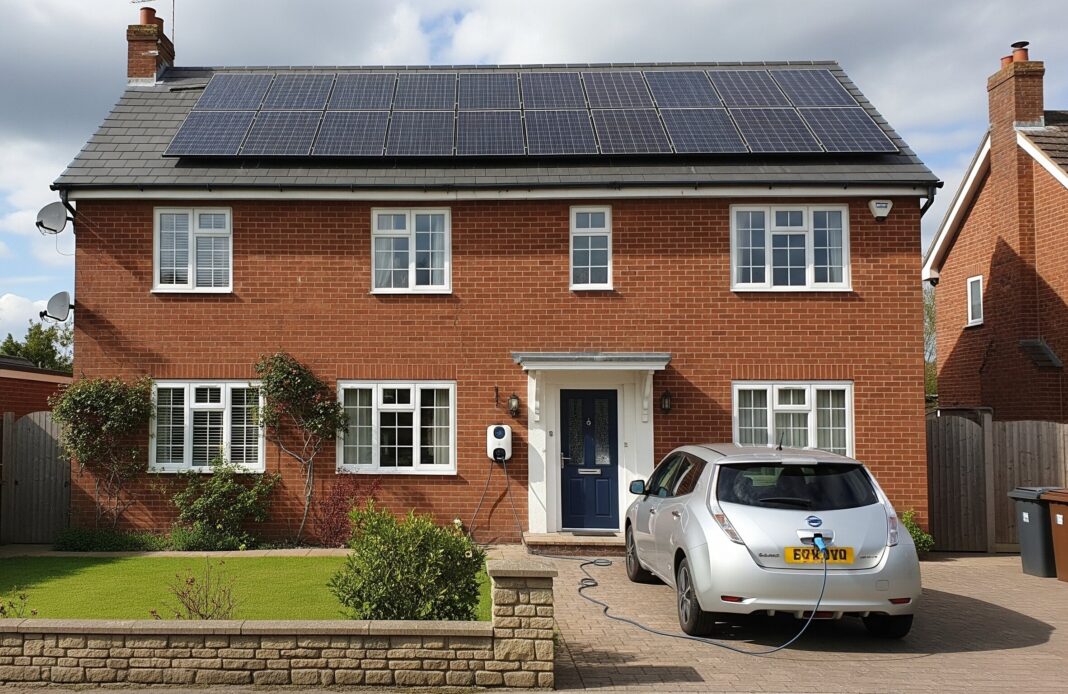England’s housing stock has expanded by more than two million dwellings over the past decade and outpacing population growth as owner-occupiers continue to dominate the market but energy efficiency and low-carbon technologies play an increasingly important role.
According to Nationwide’s latest special report on housing stock, the total number of homes in England rose by 2.1 million (9%) to 25.4 million between 2013 and 2023, compared with population growth of 7% over the same period.
Of these, 64% are owner-occupied, 19% privately rented and 16% in the social rented sector.
Property types have remained relatively stable, but flats now account for a larger share of the private rented market, rising from 38% in 2013 to 42% in 2023. Flats also make up nearly half of social housing, compared with just 10% of the owner-occupied sector, where semi-detached houses remain the most common.
PROPERTY SIZES
Typical property sizes have edged up slightly, with the average floor area increasing from 95.3 sq m to 96.2 sq m. Terraced homes saw the largest gains, while flats shrank modestly.
Owner-occupied homes remain the most spacious at 108 sq m on average, compared with 77 sq m for private rentals and 65 sq m for social housing.
England’s average home is still smaller than the EU norm of 103 sq m, with the Netherlands, Norway and Belgium boasting much larger dwellings.
Bedrooms tell a story of sharp contrasts across tenures. More than half (53%) of owner-occupied homes are “under-occupied”, with at least two spare bedrooms, while overcrowding is most acute in the social rented sector, where 8% of households fall short of the government’s bedroom standard.
Energy efficiency has improved, driven by newly built homes and retrofits such as loft and cavity wall insulation.
Yet disparities remain: 72% of social rented homes are rated A–C for energy performance, compared with just 8% in the private rented sector and 9% among owner-occupiers.
LOW-CARBON TECH

Adoption of low-carbon technologies is beginning to change the housing landscape.
Heat pumps remain scarce, used as the main heating source in just 276,000 dwellings (about 1% of the total stock), but their presence is higher in rural areas where access to the gas grid is limited.
Solar panels are more widespread, installed on 1.5 million homes, nearly 6% of the total.
Among properties built in the past decade, more than 15% now have PV panels.
Electric vehicle charging points are also emerging as a new housing feature. Some 1.8 million homes – around 7% of the total – have an EV charge point, with adoption rising to one in five homes built since 2012.
DECARBONISING CRITICAL

Andrew Harvey, Nationwide’s senior economist, says: “Decarbonising and adapting the housing stock is critical if the UK is to meet its 2050 emissions targets, especially given that emissions from residential buildings account for around 15% of the country’s greenhouse gas emissions.”
Mary-Lou Press, President of NAEA Propertymark (National Association of Estate Agents), adds: “It’s really positive to see that the number of homes being built continues to grow, as we know that our population and the desire from people to move home continues to increase year on year.

“However, we need to make sure that these homes are meeting ongoing societal and cultural evolutions.
“For example, more people than ever now live alone, and a large portion of them are aged 65 years or older, meaning property specification, type, and tenure all need to be put under the microscope to ensure homes are meeting the requirements of the nation.”










